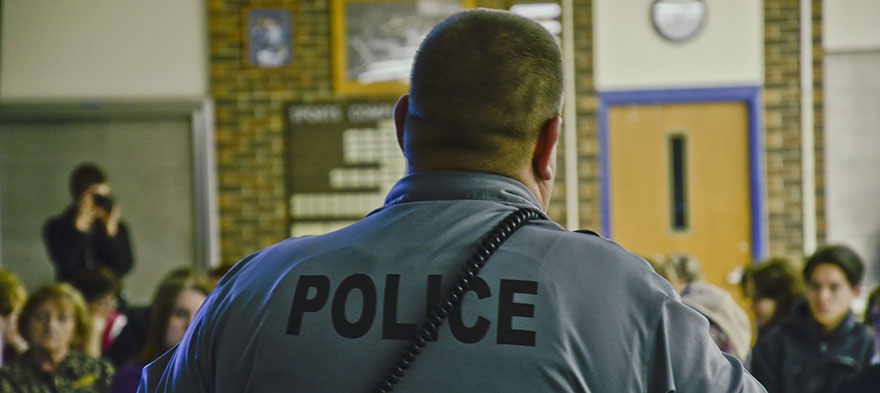
Mar 12, 2018 12:00:00 AM
Patrick Kelly teaches AP U.S. Government and Politics in Richland School District 2 in South Carolina, while also working as the Director of Governmental Affairs for the Palmetto State Teachers Association. He was a finalist for South Carolina Teacher of the Year in 2014 and served as a teaching ambassador fellow for the U.S. Department of Education from 2015-2017. Patrick is a National Board Certified Teacher.
Few issues in education spark more tension and debate than standardized testing. Are they a tool for equity or a burden on students? A necessary check on school systems or a flawed measure of...
Charter schools are public schools with a purpose. Operating independently from traditional school districts, they're tuition-free, open to all students, and publicly funded—but with more flexibility...
Despite the benefits of a diverse teaching force, prospective teachers of color fall out of our leaky preparation pipeline at every stage: preparation, hiring, induction, and retention. Here’s what...
Ed Post is the flagship website platform of brightbeam, a 501(c3) network of education activists and influencers demanding a better education and a brighter future for every child.
© 2020-2025 brightbeam. All rights reserved.
Leave a Comment